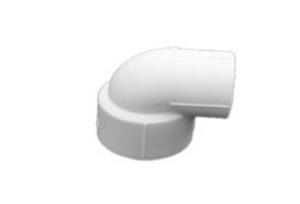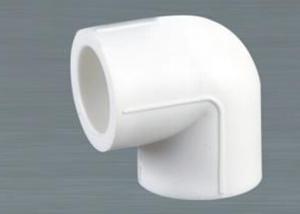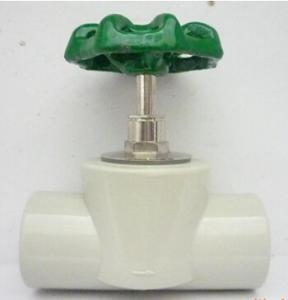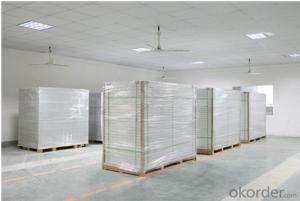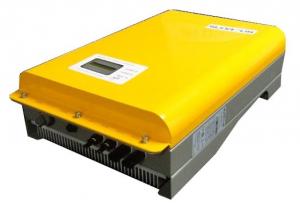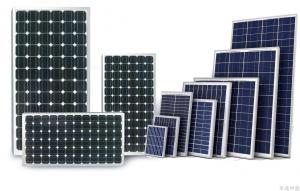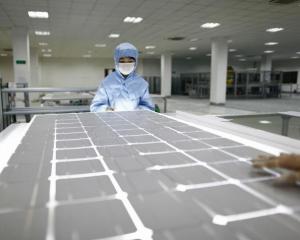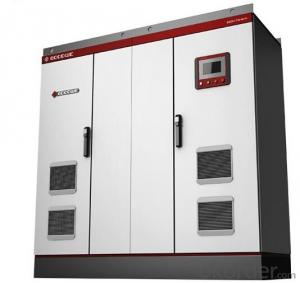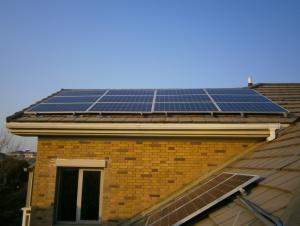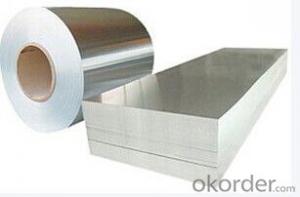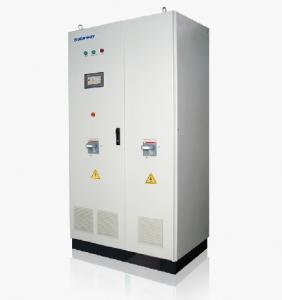Solar Pv Inverter On Maui
Solar Pv Inverter On Maui Related Searches
Light Fixture With Chain Small Plastic Tubes With Lids Aluminum On Stainless Steel Gas Furnace With Ac Teal Accent Chair With Arms Nightstand Lamp With Usb Driveway Pillars With Lights Cr2330 Battery With Tabs Classroom Chairs With Wheels Bathrooms With Vessel SinksHot Searches
Steel Mesh Panels For Sale Welded Wire Panels For Sale Types Of Temporary Side Panels For Cement Deck Fiberglass Panels For Sale Fiberglass Greenhouses For Sale Scaffolding For Sale On Ebay resin panels for sale Eps Panels For Sale China Aluminum Plate Panels Aluminum Foil On Sale Marlite Frp Panels Price Types Of Paints Used On Ships Price On Fencing Kitchen Table Sets On Sale Floor Fans On Sale Staples Desk Chairs On Sale Offset Patio Umbrellas On Sale Kerosene Heaters On Sale Cost To Install Frp Panels China 3 Phase Solar InverterSolar Pv Inverter On Maui Supplier & Manufacturer from China
Okorder.com is a professional Solar Pv Inverter On Maui supplier & manufacturer, offers integrated one-stop services including real-time quoting and online cargo tracking. We are funded by CNBM Group, a Fortune 500 enterprise and the largest Solar Pv Inverter On Maui firm in China.Hot Products
FAQ
- The role of a bypass switch in a solar inverter is to provide a means for redirecting the flow of electricity in case of an emergency or failure within the inverter. It allows for the direct connection of the solar panels to the utility grid, bypassing the inverter, ensuring a continuous supply of electricity even when the inverter is not functioning properly. This helps maintain the stability and reliability of the solar power system.
- Yes, a solar inverter can be used in systems with different module strings. Solar inverters are designed to convert the direct current (DC) generated by solar panels into alternating current (AC) that can be used to power homes or businesses. They are typically compatible with a wide range of module string configurations, allowing for flexibility in system design and installation. However, it is important to ensure that the solar inverter's power rating and specifications are suitable for the combined power output of the module strings to ensure optimal performance.
- The maximum AC output power of a solar inverter is determined by its capacity and specifications, but it typically ranges from a few hundred watts to several kilowatts.
- The role of a solar inverter in a solar-powered ventilation system is to convert the direct current (DC) generated by solar panels into alternating current (AC) that can be used to power the ventilation system. It ensures that the electricity generated by the solar panels is compatible with the system's requirements and can efficiently operate the ventilation components.
- Yes, a solar inverter can be used in a solar-powered telecommunications system. A solar inverter is an essential component in such systems as it converts the DC (direct current) electricity generated by the solar panels into AC (alternating current) electricity, making it compatible with the telecommunication devices and equipment.
- A solar inverter handles frequency fluctuations in the grid by continuously monitoring the frequency of the grid and adjusting its output accordingly. If the grid frequency increases, the inverter reduces its output, and if the grid frequency decreases, the inverter increases its output. This helps to stabilize the grid frequency and maintain a balanced power supply.
- Yes, a solar inverter can be used in a commercial or industrial setting. In fact, they are commonly used in these settings to convert the direct current (DC) electricity generated by solar panels into alternating current (AC) electricity that is suitable for use in commercial or industrial buildings. Solar inverters are designed to handle larger electricity loads and are capable of efficiently powering various electrical equipment and machinery in such settings.
- The total harmonic distortion (THD) can significantly impact the performance of a solar inverter. Higher levels of THD can cause electrical noise, which can interfere with the operation of sensitive equipment connected to the inverter. This can result in reduced efficiency, increased heat generation, and potential damage to the connected devices. Additionally, high THD can also lead to power quality issues, such as voltage and current distortions, which can further degrade the performance of the solar inverter and its associated components. Therefore, it is crucial to minimize THD to ensure optimal performance and reliability of the solar inverter system.


